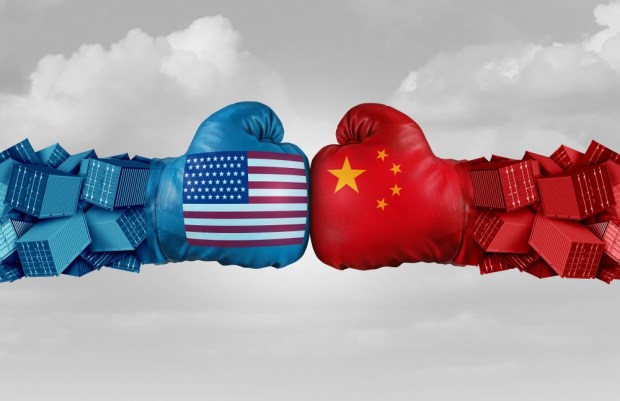Chinese Consumers’ Pullback Seen As A Global Economic Red Flag

One of the problems with trade wars is that they act more as bludgeon than scalpel.
Tariffs, of course, make all sorts of things expensive – from soybeans to soccer balls to Subarus to, well, you name it. Levying what amounts to a tax on goods that cross borders is a way to reduce demand for those goods, to hit the exporting country right in the pocketbook and slow their economic growth, to make them give in to demands that may be political or economic in nature.
And sometimes, when trouble begins within a country, when consumers pull back amid slowing economic growth, the domestic economy of the targeted country suffers – but there can also be ripple effects on other shores. Such may be the case with the recent ongoing spat between China and the United States. As those two powerhouses go, of course, so goes the global economy.
As The Wall Street Journal reported, “evidence is piling up” in China that consumer demand may be pressured enough to impact economic growth. Demand within China is waning for real estate and cars. And, said the report, eCommerce is still strong, but buying seems to be shifting at least a bit toward what might be thought of as necessities, such as milk.
Against that backdrop, might we assume that eCommerce could take a hit, that demand for luxury goods will wane and that cross-border tourism will be rocky? China’s President Xi Jinping has claimed buying is still resilient, even in the face of tariffs; yet, as some stats show, consumption is responsible for about 60 percent of GDP growth measured on a quarterly basis. That far outpaces the 20 percent driven by export activity.
In one sobering stat, car sales were down 15 percent in May from a year ago, and in another reading, imports were down 8.5 percent in May. Retail sales are a bright spot, as they have been growing by, say, 20 percent for Procter & Gamble.
That speaks to at least some resilience, yes. But then again, for cross-border activity, where shopping online but in yuan (or exchanging yuan for dollars, say, during travel), some warning signs are in the offing, as the yuan is down mid-single digit percentages in the trade war.
With less buying power and at least some skittishness rippling through larger-ticket purchases (well, maybe for anything that is not a staple), it makes sense that in recent weeks, luxury retailers such as Tiffany have warned about tourist-driven sales being down on the order of 25 percent. Travel from China as measured in 2018 was down by more than 5 percent, the first decline in 15 years. Where consumer caution reigns, top lines slide for firms, both in China and here, as the engines that drive the biggest economies in the world sputter.
